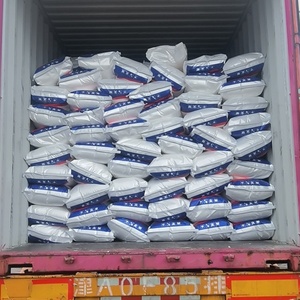

High Viscosity Factory Hpmc In Wall Putty Construction Grade Hydroxypropyl Methyl Cellulose Ether HPMC 200000


WELLDONE Water Purification Cationic Flocculant Polyacrylamide Chemicals Pam Polyelectrolyte Flocculant Polymer Powder Price
























Polyether polyol, a key component in the production of polyurethanes, serves a multitude of industries due to its versatility and durability. This substance is a type of polyol, a group of organic compounds rich in hydroxyl groups. Polyether polyols are synthesized through the polymerization of epoxides, commonly ethylene oxide or propylene oxide, which results in various types such as polyoxypropylene triol and polyoxyalkylene polyol. These materials are foundational in creating products that permeate our daily lives, from furniture and insulation to automotive parts.
The diversity of polyether polyol types, including voranol, lupranol, and multranol, allows for their use in a wide array of applications. Voranol 4701 and voranol 490, for instance, are specialized forms of polyols used in specific industrial processes. The polyether polyol uses extend to rigid and flexible foams, adhesives, sealants, and elastomers, showcasing the material's adaptability. Its role in creating soft foam for mattresses and furniture, as well as rigid foam for insulation, underscores its importance in both comfort and energy efficiency.
Polyether polyol is distinguished by its excellent hydrolytic stability, resistance to acid and alkali, and ability to retain flexibility over a wide temperature range. These features make it an ideal base material for creating copolymer polyol and polyol ether, which are used in enhancing the properties of various polyurethane products. The resilience of polyether polyol contributes to the longevity and performance of the end products, making it a preferred choice in many manufacturing processes.
In the realm of sustainability, polyether polyol is noteworthy for its potential in creating eco-friendly products. Innovations in polyol chemistry, such as the development of voranol 2000 and voranol 220 056n, are paving the way for more sustainable polyurethane production. These advancements contribute to the reduction of the environmental footprint of polyurethane products, aligning with global efforts towards more sustainable manufacturing practices.
Selecting the appropriate polyether polyol, such as polyether triol or base polyol, is crucial for manufacturers aiming to meet specific product requirements. Factors such as molecular weight, functionality, and reactivity rate play a significant role in determining the suitability of a polyol for a particular application. By understanding these properties, manufacturers can optimize the performance and quality of their polyurethane products.
Alibaba.com serves as a global marketplace that connects buyers with a plethora of suppliers offering a wide variety of polyether polyol products. Without endorsing any particular brand or making claims of superiority, the platform facilitates access to a comprehensive selection of polyether polyol variants, including voranol 360 and dow voranol. This ensures that businesses can source the specific type of polyol needed for their unique manufacturing processes, all within a convenient and accessible online environment.